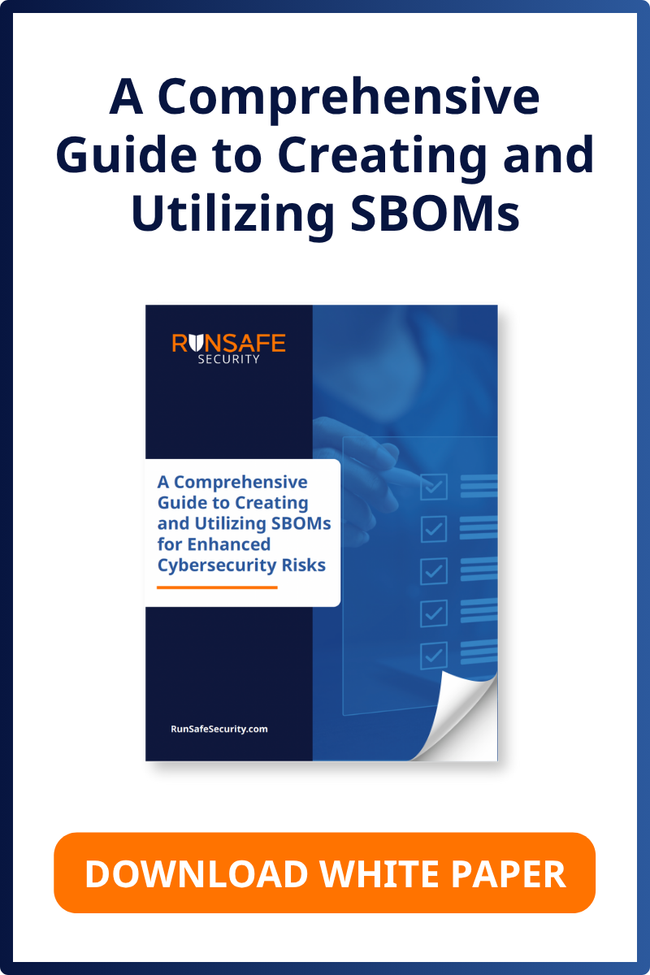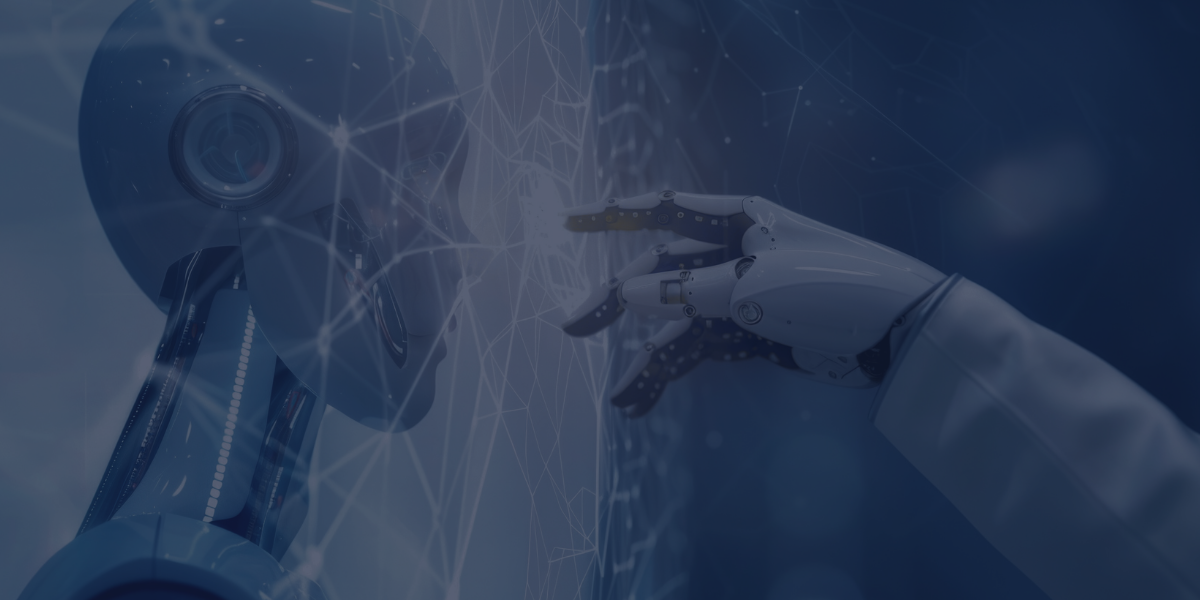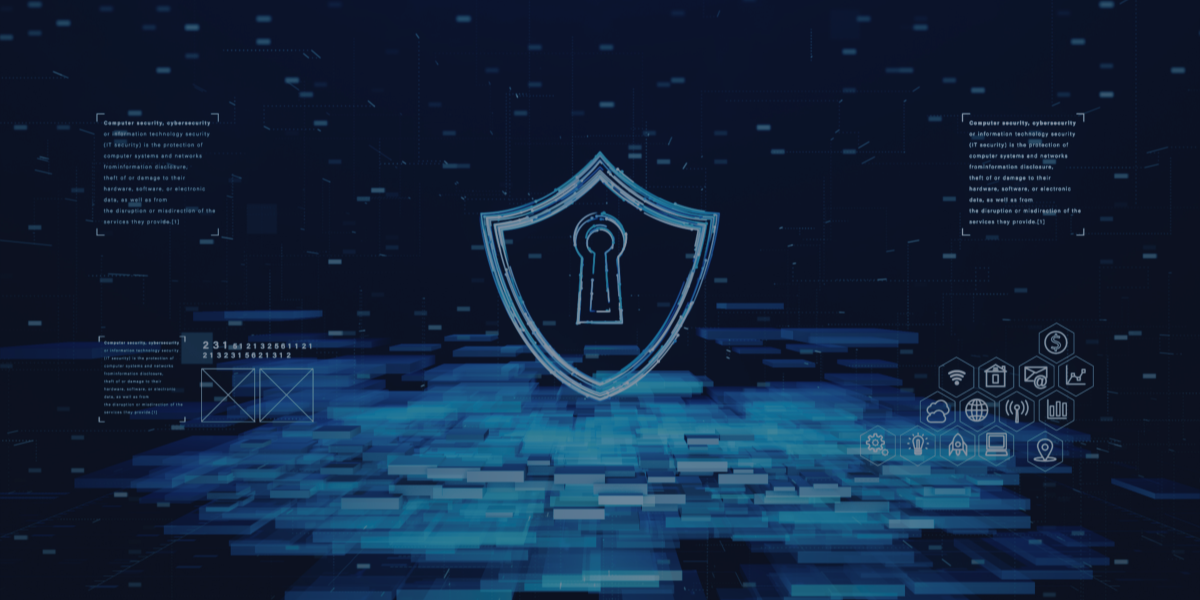Table of Contents:
Manufacturing Cybersecurity: Overcoming the 3 Biggest Cyber Threats
Cyber Threats Facing Manufacturers
Cyber Attacks’ Effects on Manufacturing
Get RunSafe & Enhance Your Manufacturing Cybersecurity
As technology evolves, it has proven essential for manufacturing and industrial facilities to evolve with it. Competition and consumer demand continually increase, making it vital that organizations forgo manual processes and begin to adopt smart technology, such as sensors and actuators, throughout their operations to increase efficiencies.
Manufacturing now benefits from the Industrial Internet of Things (IIoT)—interconnected devices that continually collect data to be analyzed and utilized for process improvement. This is where cloud computing comes in.
What is Cloud Computing?
To get the most out of IIoT devices and to benefit from capabilities such as advanced data analytics, manufacturers utilize cloud computing.
This modernization practice creates a “digital” twin of the physical assets and data collected throughout the facility. By utilizing cloud computing, the organization can access valuable data from anywhere in minutes.
A report by the American Enterprise Institute creates a striking portrait of the large shift by manufacturers to the cloud:
- Over 90% of global enterprises said they use cloud computing in some parts of their business
- 66% of nearly 600 manufacturing enterprises across 17 countries said they use public-cloud implementation, while 68% said they use a private cloud
- Cloud-hosted services are expected to account for nearly 50% of all organization-level software usage among manufacturers by 2023
Compared to other industries—including healthcare, the public sector, banking, and retail—manufacturing is among the top industries expected to make the greatest investment in cloud-based solutions versus traditional ones. A 2021 McKinsey report found that between 2021 and 2024, manufacturers’ and healthcare organizations’ spends on cloud-based vertical applications are expected to grow 2.0x versus “horizontal” workloads, such as customer relationship management. (Comparatively, public sector and banking spend is expected to grow 1.8x, and retail is expected to grow 1.5x.)
No matter the industry, cloud-based solutions come with tradeoffs. And manufacturing is no exception. As more and more manufacturers migrate to the cloud, and as the share of their operations become increasingly cloud based, these enterprises face increased exposure to cyber criminals and threats. Information technology and cyber teams should be educated on the types of cyber attacks facing manufacturers and what’s available to help enterprises protect themselves. Here are the 3 biggest cyber threats facing manufacturers today.
Cyber Threats Facing Manufacturers
There have been over 2,300 incidents within the manufacturing industry, which “continues to be a lucrative target for espionage,” according to Verizon’s 2022 Data Breach Investigations Report.
A majority of bad actors are external (88%), while internal threats only account for 12%. Most bad actors are motivated by financial factors (88%), while espionage accounts for 11%, and an even smaller share are motivated by a “grudge” (1%).
Of the over 2,300 incidents affecting the manufacturing industry, Verizon reports 88% of breaches belong to these three categories: system intrusions, basic web application attacks, and social engineering. Let’s take a closer look.
System Intrusion and Ransomware Challenges for the Manufacturing Industry
System intrusions continue to be one of the most-common forms of cyber threats facing the manufacturing industry. One type of system intrusion that we might recognize is Trojan Horse Malware, which creates network backdoors that give attackers easy access to systems and data.
Other techniques of network intrusion include:
- Living Off the Land: Attackers use existing tools and processes and stolen credentials to blend in.
- Multi-Routing: Attackers access targeted devices or networks through different routes to avoid intrusion detection systems.
- Buffer Overwriting: Attackers overwrite sections of computer memory with commands that can be utilized later.
Among the reasons these intrusions are tricky to detect and address is the increasing complexity of the systems themselves. At a time when cloud-based applications are an increasingly popular entry point, very often traditional detection and response systems aren’t adequate to address these attacks. On top of that, traditional systems often use algorithms to identify patterns. And for that reason, these systems often require regular maintenance after the initial configuration to reduce the frequency of false positives and negatives.
In addition, manufacturers also fall victim specifically to ransomeware. 13.9% of ransomware attacks in North America over the last year targeted manufacturing companies. This is due to the loss of money manufacturers experience when cyber criminals take control of their networks and computer-aided design programs. The amount paid to these malicious parties can be less than the cost of production downtime.
Manufacturing Web Application Attacks
Just like system intrusions, basic web application attacks also continue to be one of the most-common forms of cyber threats. This type of threat includes any incident in which a web application was the vector of an attack. Web application attacks affect the manufacturing industry more than others, such as finance and healthcare.
Serious weaknesses and improper coding of web applications allow bad actors to gain access to sensitive database, company, and customer information. Gaining access to this information has immense payoffs for cyber criminals. They are able to then sell the results of the breach to another malicious party or force the company to pay a ransom in order to stop the release of that information.
Social Engineering
Lastly, we arrive at social engineering, when bad actors exploit human error to get private information, access, or valuables. These scams are designed to lure unsuspecting victims into exposing data, spreading malware infections, or giving access to restricted systems. Oftentimes, social engineering relies on actual communication, when the bad actor motivates the victim into compromising themselves.
Varieties of these attacks tend to deploy similar tactics: heightened emotions, giving the bad actor leverage during the interaction; urgency or framing a problem as needing the victim’s immediate attention; and trust, which can disarm the victim.
Among the many types of social engineering, phishing is one of the most common cybersecurity threats. Phishing can take place over email, a voice call or texting. Once the bad actor has access to networks through phishing methods, it is difficult to detect their presence as they gather information to hold for ransom or sell to other parties.
Cyber Attacks’ Effects on Manufacturing
All malicious cyber activity can result in serious consequences for manufacturers. In addition to the loss and breach of sensitive information, manufacturing supply chains can be further impacted. Any disruption to operational processes throughout the facility can cause a domino effect and increase severe delays. Thus, not only costing money to pay the bad actor for access to a manufacturer’s own network but also decreasing revenue due to slowed supply creation. All of this could have been detected and prevented with the right resources.
Get RunSafe & Enhance Your Manufacturing Cybersecurity
RunSafe’s product suite can help manufacturers prevent and monitor their operations and connected devices for compromising cyber attacks.
No matter the maturity of your cybersecurity operation, we are here to help you assess your risk, harden your code, or deploy our pre-hardened open-source software. Leverage secure software and better secure your manufacturing operation and supply chain today.





